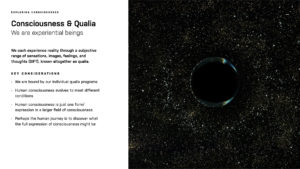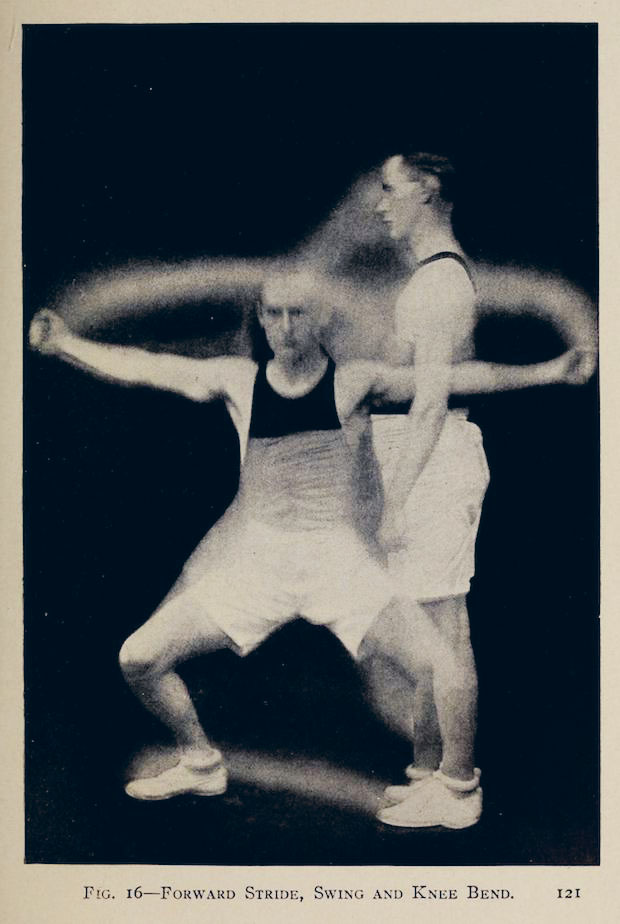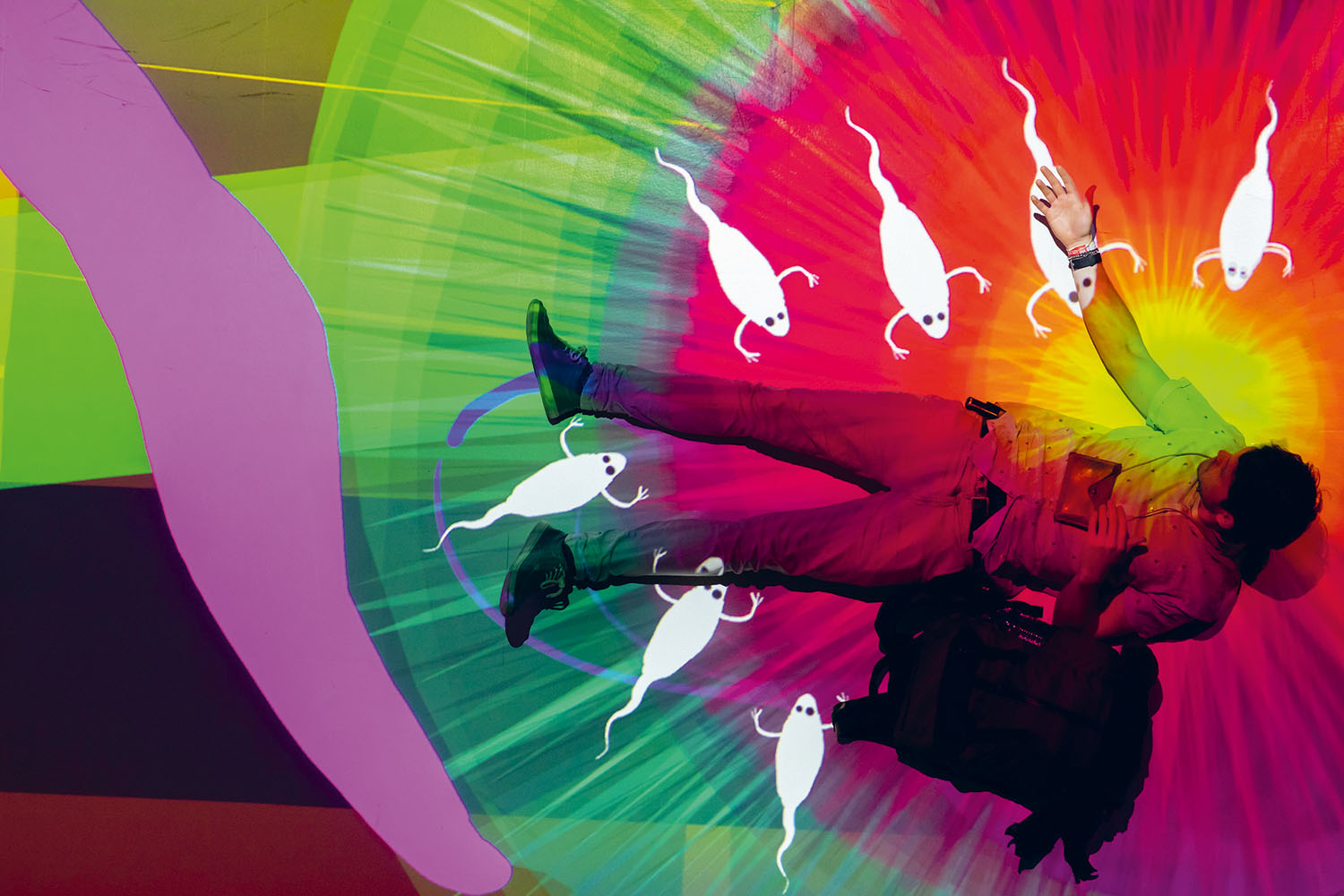
The sensation of alignment (or misalignment) can be felt most deeply within our bodies and minds. We perceive alignment through our individual qualia programs. Qualia describes our internal subjective awareness produced by the sensory experiences of sight, sound, texture, taste, and smell in connection with external elements. This constantly changing collection of qualia significantly influences our comprehension of reality. We believe that with healthy alignment comes healthy experiences, healthy relationships, and healthy lives.










